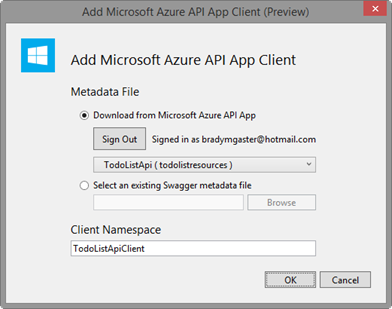
While there is a massive variety of sources for datasets, in many cases - particularly in enterprise businesses - data is going to be stored in a relational database. So if we're using Python for data analysis, it's worth asking - where does all this data come from? With its (relatively) easy learning curve and versatility, it's no wonder that Python is one of the fastest-growing programming languages out there.

We have pandas, NumPy and Vaex for data analysis, Matplotlib, s eaborn and Bokeh for visualisation, and TensorFlow, scikit-learn and PyTorch for machine learning applications (plus many, many more). A huge range of open-source libraries make it an incredibly useful tool for any Data Analyst.

If you are not familiar with SQL and the concepts behind relational databases, I would point you towards that series (plus there is of course a huge amount of great stuff available here on freeCodeCamp!) Why Python with SQL?įor Data Analysts and Data Scientists, Python has many advantages. The database and SQL code used here is all from my previous Introduction to SQL series posted on Towards Data Science ( contact me if you have any problems viewing the articles and I can send you a link to see them for free). Let's get into it!Ī quick note before we start: there is a Jupyter Notebook containing all the code used in this tutorial available in this GitHub repository. That is a lot of very useful and very cool stuff. Creating re-usable functions to do all of this for us in the future.Creating Tables and Table Relationships.
#How easy is it to create an api and push to azure in visual studio for mac how to#
How to set up your Python environment and MySQL Server.Why learn how to use Python and SQL together?.You'll learn how to pull data from relational databases straight into your machine learning pipelines, store data from your Python application in a database of your own, or whatever other use case you might come up with.

In this article I will walk you through everything you need to know to connect Python and SQL. Python and SQL are two of the most important languages for Data Analysts.


 0 kommentar(er)
0 kommentar(er)
